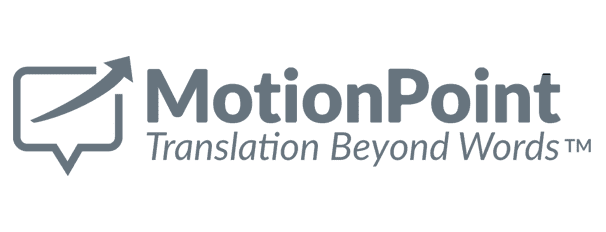




Website translation proxies are the most efficient, effective way to localize websites. Proxy servers use algorithms to store translated content separately. They only show this content to users when needed. This is a good alternative to creating a whole new website.
That sounds useful enough, but how does proxy translation actually work? Let’s take a closer look.
MotionPoint’s proxy translation technology can separate a website’s translatable content from its code, making it easier to translate.
MotionPoint’s proxy technology analyzes the code of your site at the start of a website translation project. It identifies the content that translators need to translate.
The crawler identifies translatable content within HTML, CSS, JavaScript, JSON, XML and other web languages. It also detects content within SEO-related elements (such as meta-tags, attribute tags, Itemprop, and other structured data).
Top proxy solutions can find translatable content in various formats like PDFs and apps. They can also translate dynamic content, embedded applications, and content from third-party apps, like customer reviews or A/B testing platforms.
The key advantage of MotionPoint’s proxy technology is its ability to distinguish a website’s translatable content from its code.
The proxy technology then separates this content into easily translatable chunks called segments. (This helps avoid translating the same content more than once.) We translate, check, and store the text in a separate database, which is not connected to your CMS, for accuracy and quality. The crawler also identifies pieces of website code.
Keeping code and content separate means only the parts that can be translated on your website are changed. Keeping code and content separate allows for only the translatable parts of the website to be modified. This ensures that the website's code and structure remain unchanged. As a result, the website will maintain its original appearance and functionality when accessed through the proxy server.
When a user from another country wants to view your website in their language, they have two options. They can either select their preferred language from a menu or search for it. By doing so, they instruct the proxy technology to display a your translated web content.
MotionPoint's 'language swapping' capabilities happen instantly, delivering a seamless localised UX for global users.
The website translation proxy replaces English content with translated content in the requested language. It also keeps the code, appearance, and function up to date. The entire process is instant, which makes the content substitution undetectable to the user.
The proxy translation technology does not alter or interfere with your primary site or its code in any way. It acts only as a "pass through" to grab the appropriate translated text on the way to displaying your website to a global visitor.
Many proxy solutions stop there. MotionPoint’s website translation proxy can do more, even adapting dynamic content for a personalized experience for international users.
MotionPoint’s proxy technology can translate content that is created instantly by product inventory or single-page applications. These applications may use AJAX requests to display dynamic content.
The proxy identifies details about the visitor, such as their location, search history, and browsing history. It then sends this information to your website's backend. This enables you to display personalized content to the user. This allows you to show the user the personalized content they need.
The proxy technology sends a cookie or session ID to your backend. This is done to display the correct products to a user in a specific global market. The server shows the user translated content in real-time using a proxy, keeping the original context intact.
It’s a capability that makes MotionPoint different-and it’s one that makes proxy technology particularly powerful for your global business.
Of course, the demands and needs for your website are always changing. MotionPoint's technology is designed to accommodate this fluidity.
For instance, you’ll never have to worry about translation when you add new content to your flagship website. MotionPoint’s proxy detects changes and adds content for translation and storage in your memory.
Plus, your translated content is always stored on your own secure translation server. You can dedicate or share this based on your preference and needs. MotionPoint also offers load-balanced environments for extra redundancies.
As your business grows, so will your demands for your multilingual website-and proxy technology is the perfect partner. We'll work with you each year to evaluate your site performance, anticipate your growth and expanded website needs. That includes optimising your server usage to adapt to your business needs and budget.
Not all translation proxy services have the same level of quality. MotionPoint’s MP Core proxy approach simplifies web localization. It handles all the technical and operational complexity for you, eliminating the need to keep track of the details.
We handle proxy translation with greater power, speed, and advanced technical solutions, providing a seamless experience for your users.